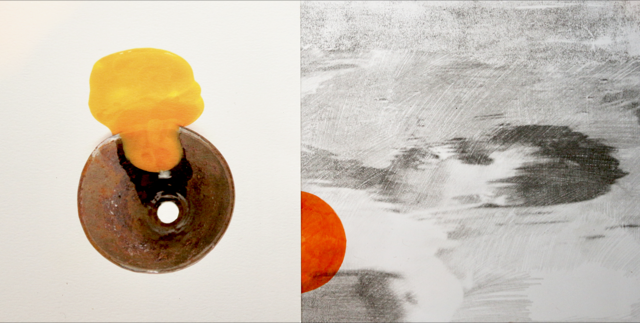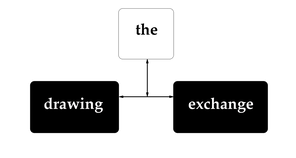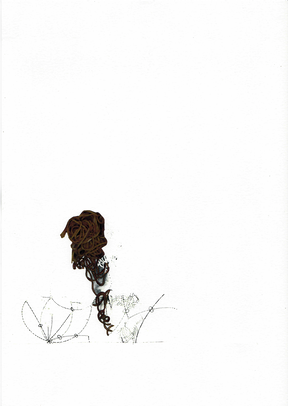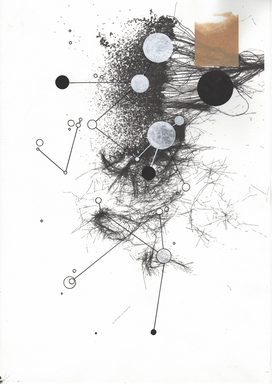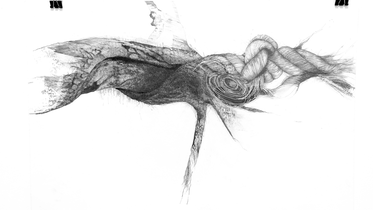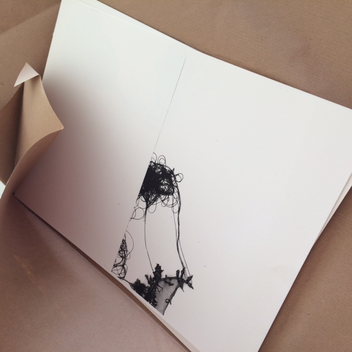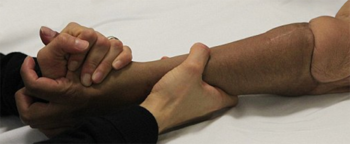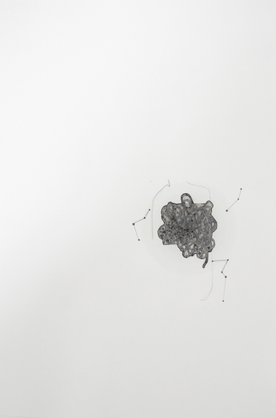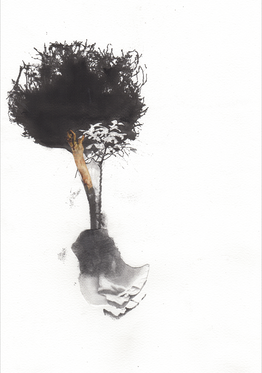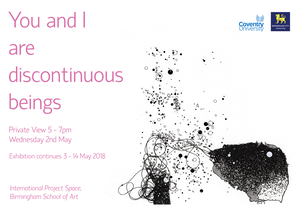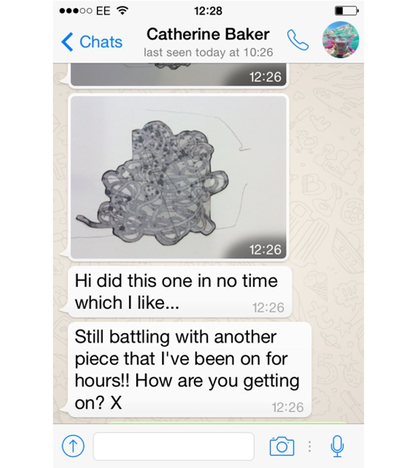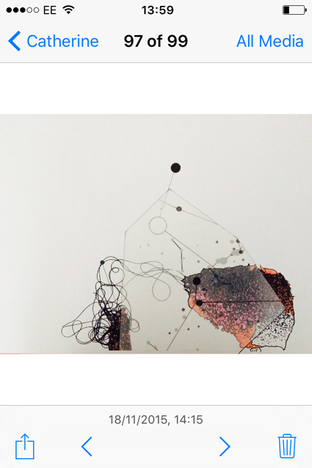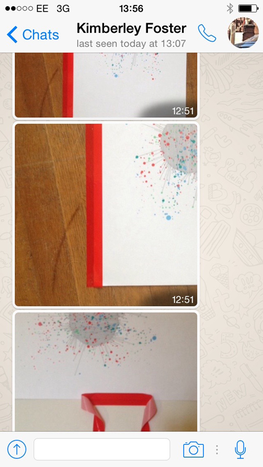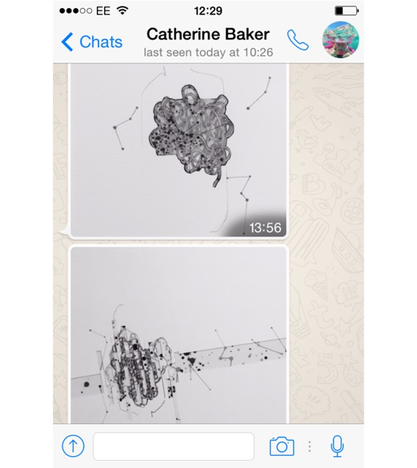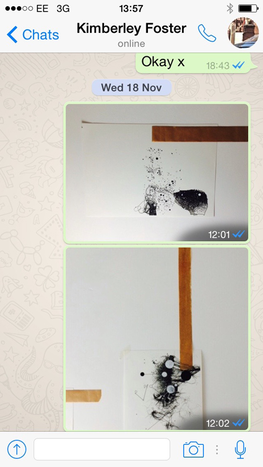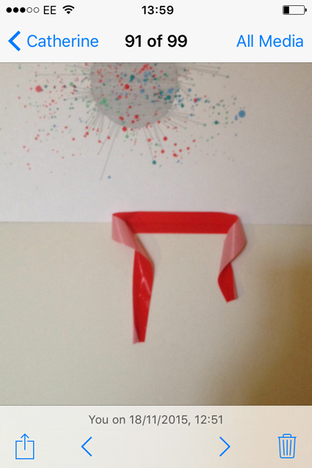The Drawing Exchange started as a drawing pedagogy research project under the initial title of Drawing Workshops. It started when the researchers were both employed at Norwich University of the Arts as academic staff on the Fine Art team. The project was based on the notion of instructional drawing and the researchers amassed a number of drawing instructions generously authored by a wide range of contemporary UK artists. The premise of the research was to compare the interpretation of the instructions across separate pedagogic groups across institutions. The workshops developed into The Drawing Exchange after both researchers left NUA, piloting a new iteration of the project at the University of Suffolk and Loughbough University. This development arose from the findings that evidence the extreme differences possible despite formal instructions, this brought about discussions regarding the supression of artistic identity and whetheer the removal of such rules would reveal similar findings. However the researchers maintained what could arguably remain a single rule which was to surrender a drawing to an absent maker without instruction. This became the Inappropriate Collisions research project.
ABSTRACT
This text draws upon an ongoing collaborative drawing project between the two authors providing the basis for a chapter which considers the rejection of a point of resolution, in relation to contemporary drawing practices, in order to sustain a defined set of characteristics particular to the collaborative idiom. The interchange of thoughts and ideas does not happen through the spoken word, in fact little formal conversation takes place between the artists, yet the colloquial exchange thrives on a set of alternative conditions such as trust, familiarity and above all a shared interest in the pursuit of a methodology that responds to the uniqueness of each partners contribution.
By citing both the authors and others collaborative projects within a philosophical framework, the authors propose a new consideration for drawing exchanges, one that responds to critical theories regarding the allegorical nature of the visual image and the potential alienation implied through relationships.
By drawing out from each other’s imagery and identifying the need for destabilisation the currency of this collaboration is formed; the process overrides the outcomes and drawings are seemingly spat out from the image conversations. Conversations often seek punctuation for both clarity and resting points, but these images seldom rest, instead the known’s become unknowns and the marks invade each other's place and territory within the page.
This chapter attempts to unravel how the challenge to habitual drawing approaches enables the development of newly functioning drawings where the process dominates the outcomes. The unplanned endings within the visual conversations are necessary.
The question of what position is taken within a collaborative process is often tackled within contemporary practice. The partnerships, dialogues and interdisciplinary nature of sharing and combining seems to suggest a creative state where there is a renewed vision with specific points of reference, disciplines or specialism’s. However this chapter intends to reflect the benefits of conflict, sceptism and ego shifts that contribute to collaborative exchange. Collaboration doesn’t have to be comfortable, agreeable and settled it’s potential here comes from drawn out provocations. Rather than seeking consensus can authenticity come from valuing resistance and negotiating stalemates?
The collaborators are not looking for a point where the drawings yield and come together or a place where they sit harmoniously; they don’t co-exist and they are not acquaintances; they are drawing apart in their nearness.
After receiving batches of 5/6 drawings through the post the artist-researchers worked independently. However, a socia media based dialogue that shared only parts of developing drawings and the occasional book quote appeared. The dialogue was initailly understood as subsiduary to the evolving drawings however, over time the researchers began to understand it as central to the unique methodological approach that had evolved. Dislocated parts of drawings revealed part of the methodology of the absent maker via the convenient fusion of smart phone photography and the Whats App application as a contemporary digital interpretation of 1990's postal art. As the drawings sought to resist the point of resolution the researchers explored the potential of the immateriality of the virtual drawings as having critical weight in terms of collaborative methodologies.
